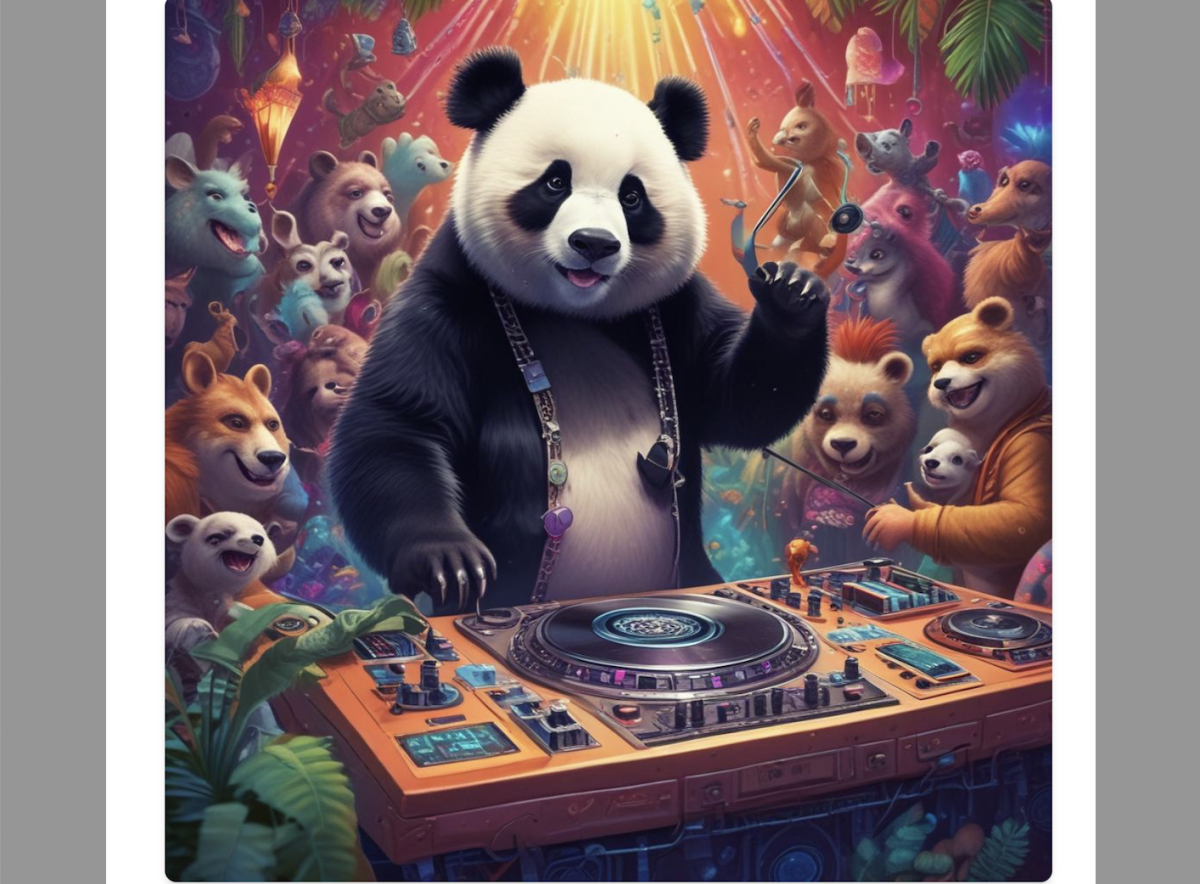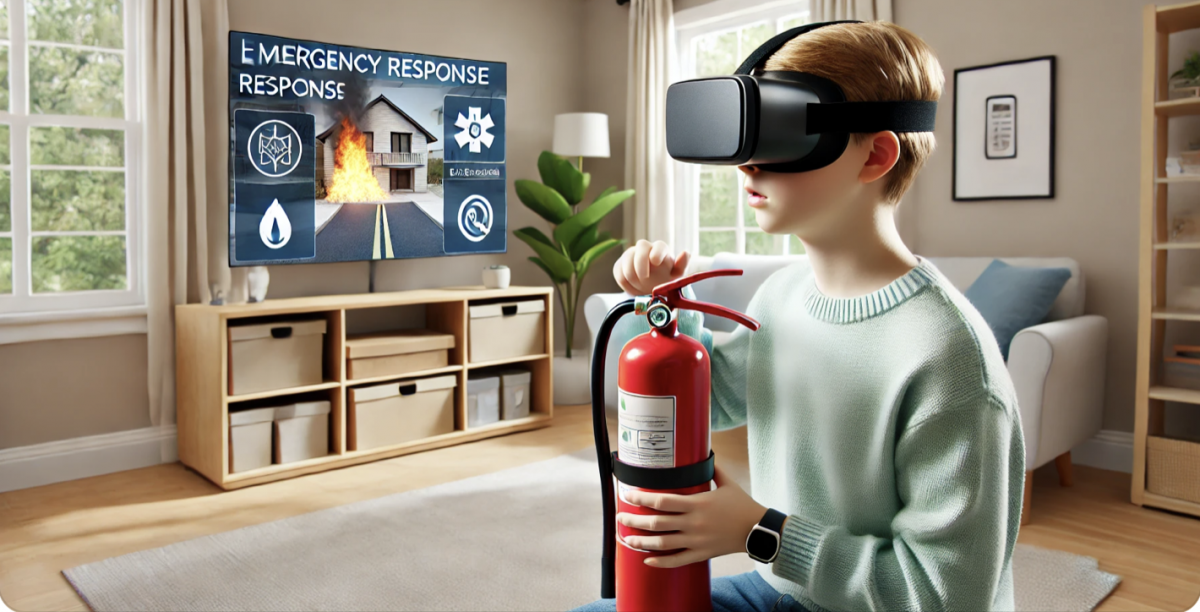As generative AI (GenAI) rapidly advances, concerns are growing. People worry that it will disrupt industries and replace human creativity, especially in fields like art and marketing. With each new AI tool, the fear seems to rise: are we watching the dawn of human creativity’s obsolescence? To explore this anxiety, I decided to test ArtBreeder, a free image-generation tool. Spoiler alert: it’s still far from perfect, but the potential is undeniable.
ArtBreeder caught my attention because it’s easy to use and free – though I was initially sceptical about the quality it could deliver. To make it more interesting, I used ChatGPT to generate quirky, challenging prompts. One of my firsts was: “A panda DJing at a disco party with animals from every corner of the animal kingdom”. It took quite some time to process, but when I saw the image, I was impressed!

Next, I tried something more complex: “A T-Rex in a business suit giving a presentation at a board meeting with velociraptors“. The result? A sharply dressed T-Rex in a suit, but it didn’t quite deliver the scene. The velociraptors were swapped for humans – interesting, but not exactly what I envisioned.
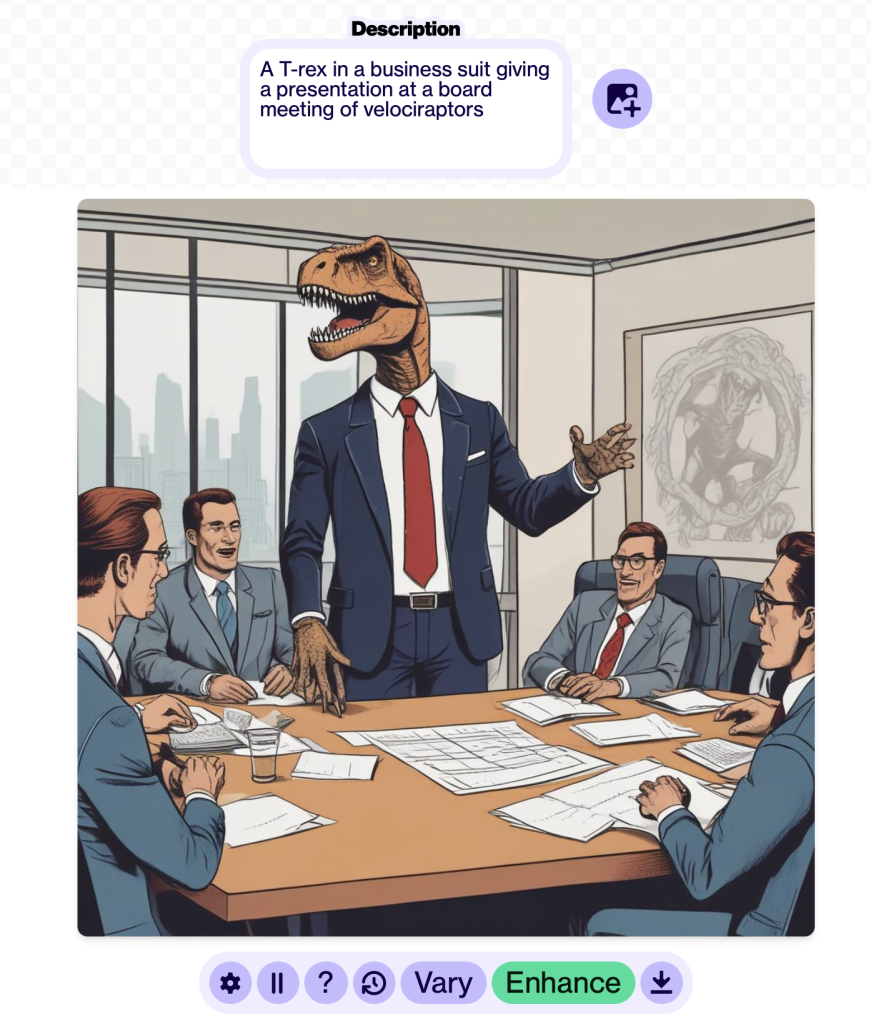
I pushed the limits further with “A pizza slice doing yoga on top of a mountain, with pepperoni suns rising in the background”. The main concept was there, but… not ideal.
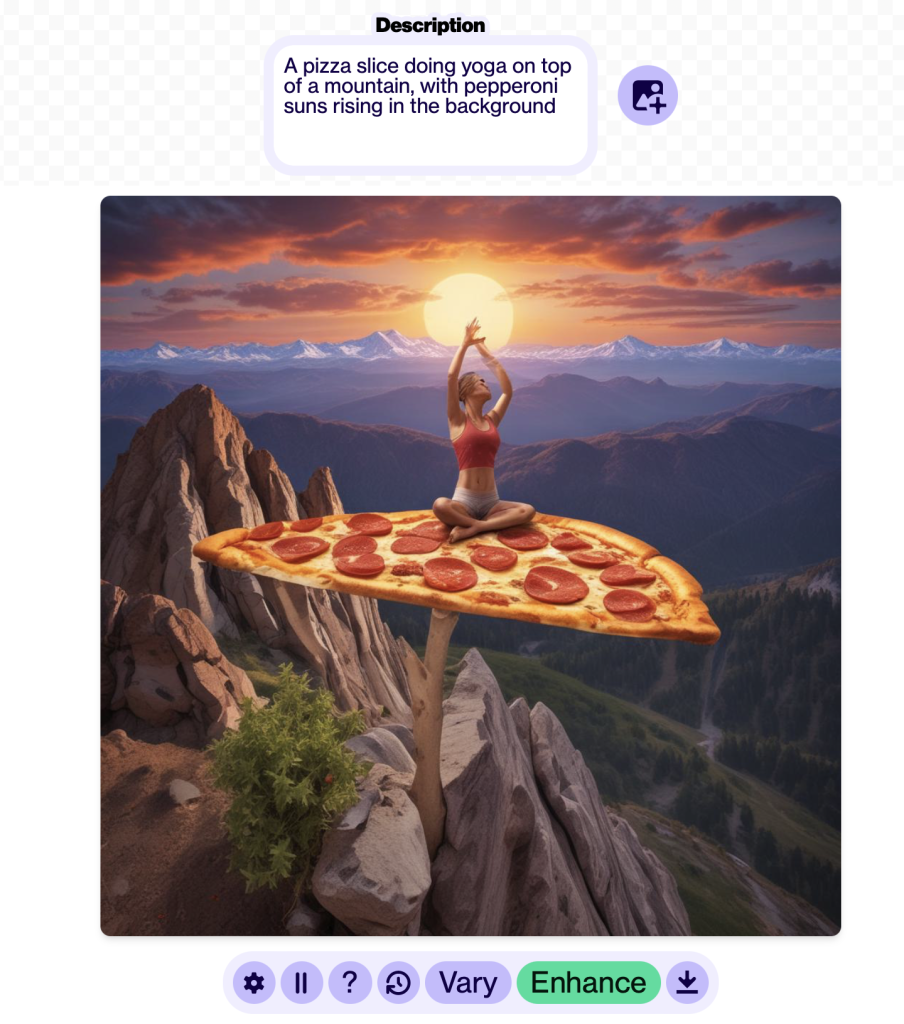
Lastly, I tried again with “A giant broccoli dressed as a superhero, fighting a mutant carrot in the middle of a futuristic city”. This one was visually engaging but missed the carrot villain entirely.
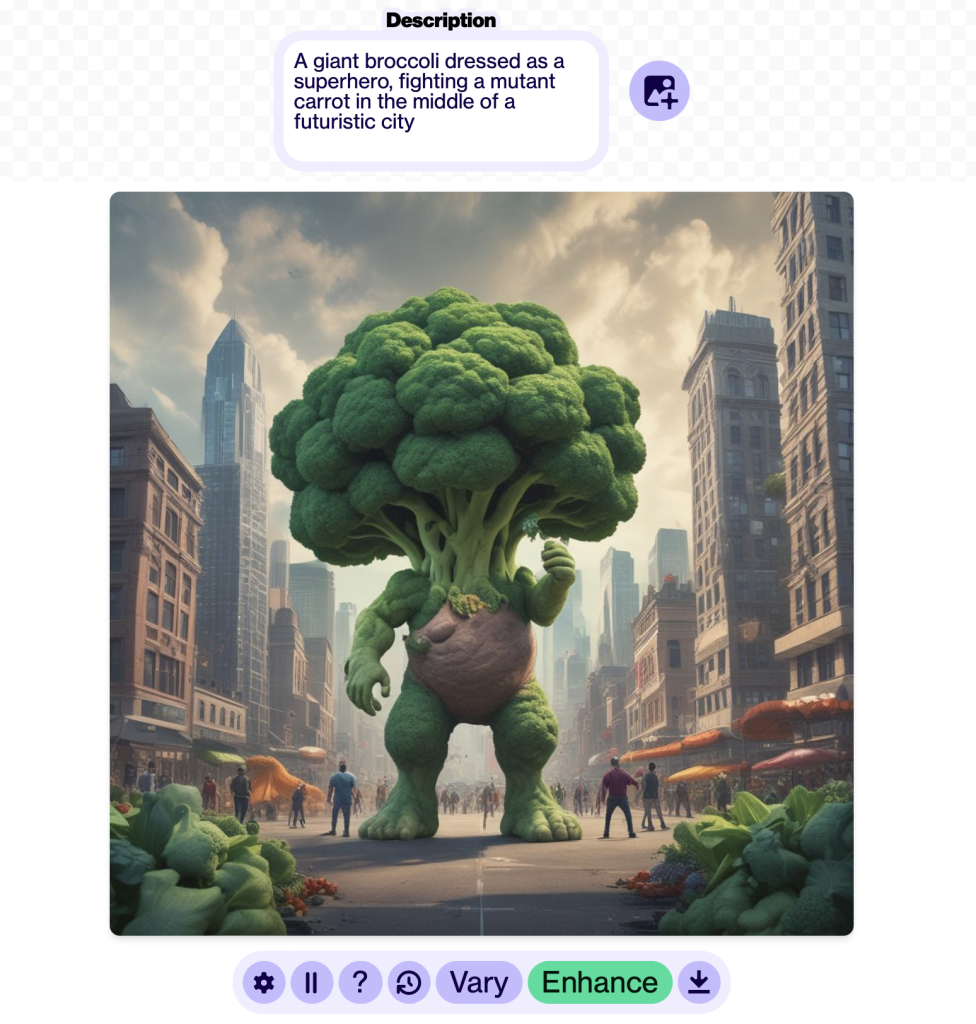
What this experiment revealed to me was that, while GenAI tools like ArtBreeder are impressive, they are not quite the “job-stealers” many fear – at least not yet. These tools are more like collaborators: they generate quick visuals that can serve as a foundation for further development. Imagine the time saved compared to creating all of these images from scratch! In marketing or even artistic development, such tools can offer a solid starting point or inspiration base.
However, the limitations are clear. The AI often struggles with detailed prompts and more intricate compositions. It highlights the gap between human creativity, which thrives on nuance, and AI’s current capabilities, which lean toward broader interpretations.
Still, the potential is undeniable. As GenAI tools improve, they might change how we work, pushing creatives to adapt and embrace new technologies. But rather than replacing human jobs, GenAI seems to offer inspiration and efficiency rather than outright competition.
Will GenAI eventually disrupt the labour market in creative industries? Perhaps, but for now, it’s more of an assistant than a replacement—helpful, but still in need of human direction.
Link to ArtBreeder: https://www.artbreeder.com/create
